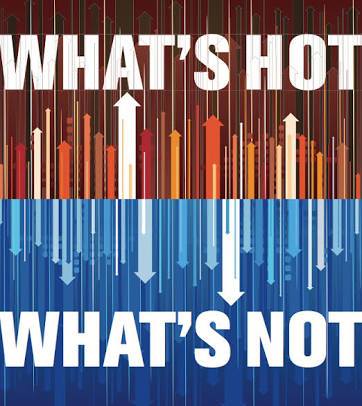
In a long strategy session yesterday, we were trying to list the things that are hot and what’s not in fintech. So, what’s hot?
Obviously crypto and AI. However, those are the headline buckets, what’s the detail? The detail is the use cases of crypto and AI. This is something I say often, as you cannot just look at the headline area – you need the granularity of the micro market use cases.
In the cryptocurrency space, an example is Revolut’s commitment to crypto. They’ve recently announced several initiatives in this space, such as the ability to buy crypto directly into MetaMask wallets, as well as their own crypto exchange.
These developments show a fintech leading edge approach to crypto, unlike traditional banks who ask 1,000 questions if you even touch crypto.
The thing is that crypto, AI, Big Data, Cloud and the rest are the high-level developments of technology. It’s the specifics that interest me. Therefore, when discussing crypto or AI, what are the specific use cases that are of interest?
For example, whilst at Money2020, I noticed a few exhibitors who were talking AI but, when asking them what it means, some were fairly woolly (English colloquialism for vague). This is because you have to have AI in your brand in 2024 to be relevant as it’s the hot new thing, even though it’s been around for decades.
Therefore, the two themes of crypto and AI and their specific use cases – as focused upon in Intelligent Money – are the bright areas in a chaotic marketplace of change
What else is there?
Well, there’s Green and everything related to ESG (Environmental, Social and Governance) as featured in my last book Digital for Good. Again, this is a high level theme, and the specific use cases are where it gets interesting, such as Ant Forest and the Baltic Card scheme.
There’s the focus on addressing small businesses and their needs, who are underserved by traditional banks.
There’s financial inclusion and developments worldwide to reach the unbanked and underbanked.
There are all the developments in augmented virtual realities and the metaverse.
The list goes on.
In other words, people who think digital is done – I’ve heard folks say this quite a bit lately – it isn’t. There’s still a lot more to do. In fact, just to underline what this means, technology and digitalisation is not an end point: it is a journey. Every day, new technology opportunities appear, and the journey continues. In the near future we have quantum computing; more telco developments with 6G+; more integration of AI as we approach the Singularity; more fragmentation of finance as cryptocurrencies grabs greater market share; more financial activity moving into virtual worlds with virtual currencies … more of everything.
Digitalisation is a continuum, not a destination, and any bank or fintech that thinks it’s a project that needs funding to achieve a goal is going to trip up and fail as it is not. Digitalisation is a never-ending refreshment cycle of the technology stack to be up-to-date and ready to compete.
How is your technology stack looking?
Meanwhile, we talked about what’s not hot. What do you think those are? More on this later …
Chris M Skinner
Chris Skinner is best known as an independent commentator on the financial markets through his blog, TheFinanser.com, as author of the bestselling book Digital Bank, and Chair of the European networking forum the Financial Services Club. He has been voted one of the most influential people in banking by The Financial Brand (as well as one of the best blogs), a FinTech Titan (Next Bank), one of the Fintech Leaders you need to follow (City AM, Deluxe and Jax Finance), as well as one of the Top 40 most influential people in financial technology by the Wall Street Journal's Financial News. To learn more click here...

